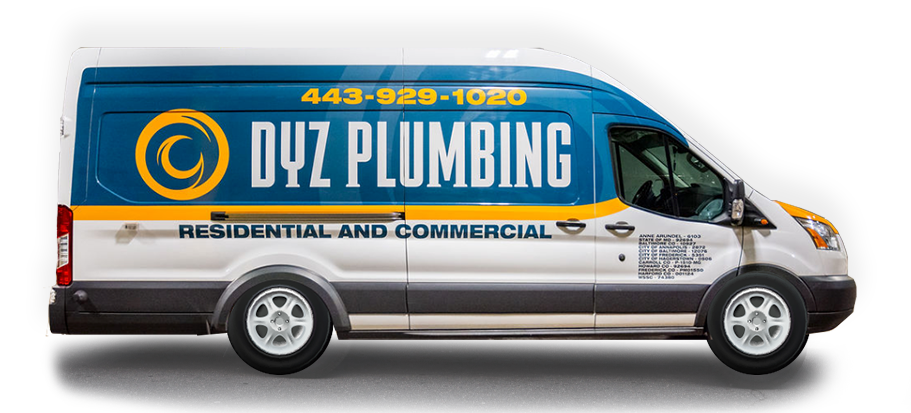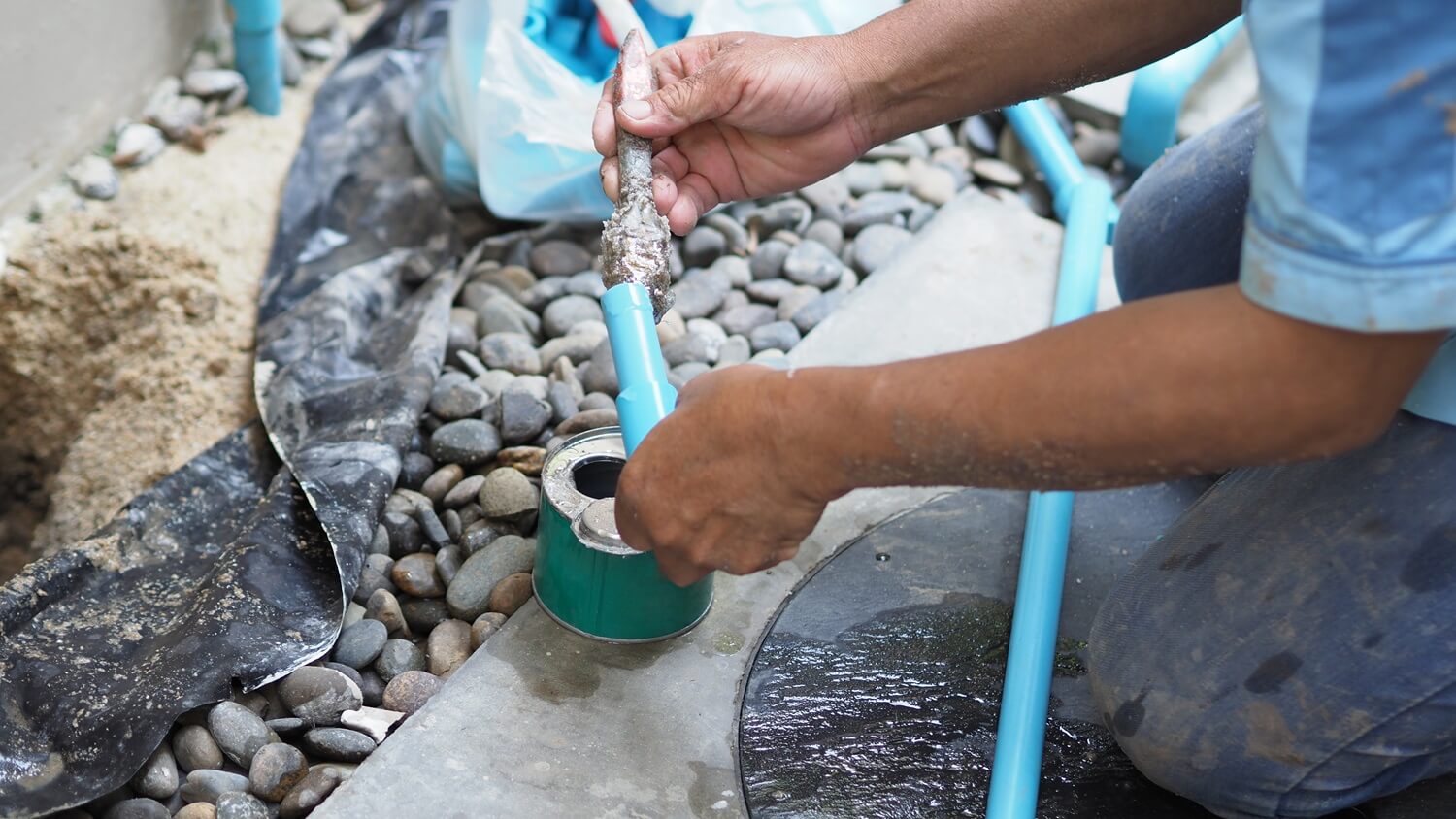Pipe rerouting for sewage lines and under-slab plumbing is a procedure that is sometimes neglected in general house repair conversations. However, knowing this method may be critical for homeowners, particularly those who have regular plumbing problems or who want to remodel or maintain older homes. This blog digs deeply into pipe rerouting, including its uses, advantages, and whether it’s the best option for your house.
Understanding Pipe Rerouting: An Overview
Pipe rerouting is the process of diverting plumbing channels to solve or avoid faults caused by the original pipe. This is especially pertinent in the case of sewage lines and beneath slab plumbing, where access as well as repair may be difficult and expensive.
Why Consider Pipe Rerouting?
Water and sewer pipes lie under slab foundations. While this system saves space as well as protects pipes, it complicates repairs if a leak or break happens. Rerouting plumbing rather than excavating through the slab (slab penetration) appears as a feasible option, providing a long-term solution while causing a minimum interruption.
Rerouting Plumbing Lines in Slab Foundations
When pipes beneath a slab foundation leak or break, traditional methods for repair typically involve jackhammering through concrete to reach them. Unfortunately, this procedure can be laborious and disruptive while potentially leading to structural damage to the foundation. Rerouting plumbing lines in the slab foundation provides an accessible path to fix the problem without much disruption to the structure.
Process of Rerouting Plumbing
The procedure starts with a comprehensive inspection of the current plumbing system as well as the identification of any faulty portions. Plumbing specialists then create an alternate channel that often travels through the home’s walls or ceilings, completely bypassing the slab. After the revised routing design is approved, plumbers install new plumbing, which requires cutting into drywall and, in some cases, the outside of the home, depending on where the lines need to go.
The Case for Rerouting Sewer Lines in Slab Foundations
Sewer lines, like water lines, may suffer from under-slab difficulties. Rerouting sewer lines in slab bases is a major task, but it is sometimes required to avoid catastrophic damage or repeated problems.
Identifying the Need for Sewer Line Rerouting
The key signs of the necessity to relocate sewage lines include frequent backups, sluggish drains, as well as the audible presence of water under the slab. Professionals utilize cameras to check sewage pipes and evaluate the degree as well as location of the damage before recommending rerouting.
Benefits of Rerouting Sewer Lines
- Reduced Damage to Property: By avoiding slab penetration, rerouting reduces structural concerns as well as foundation disturbances.
- Cost-Effectiveness: Initially, rerouting may seem to be costly, but when compared to the cumulative expense of recurrent repairs and accompanying damages caused by slab leaks, it is often more cost effective over time.
- Enhanced Longevity and Reliability: Newer materials used in rerouting are often more robust and more adapted to endure environmental stresses, increasing the system’s lifetime.
Is Rerouting Plumbing a Good Option?
Choosing whether to reroute plumbing requires various factors. The selection is mostly determined by the age of the property, the quality of existing pipes, the frequency of issues, and the available money for home maintenance.
When to Opt for Rerouting
- Aging Properties: Older houses with antiquated plumbing materials are ideal candidates for rerouting since they may help avoid future problems.
- High Frequency of Plumbing Issues: If repairs are becoming more often, rerouting may be a more sustainable option.
- Renovation Projects: During renovations, especially if the layout of the property is changing, it might be a good opportunity to reroute plumbing to more convenient areas.
Potential Drawbacks
- Upfront Costs: The initial cost of rerouting might be high, particularly if large parts of the plumbing need to be diverted.
- Temporary Disruption: While less intrusive than slab penetration, rerouting still necessitates some amount of house intrusion as well as temporary loss of water supply.
Efficient Solutions to Rerouting Plumbing Lines and Sewer Lines in Slab Foundations
Rerouting plumbing lines in slab foundations as well as sewer lines provides a strategic method for dealing with under-slab plumbing concerns. By considering all of the criteria outlined here, homeowners can make the right choices that align with both their long-term property maintenance goals and financial constraints.
Rerouting plumbing may initially appear costly and disruptive; however, its long-term benefits, both to property integrity and financial savings, usually outweigh their expense. To make an informed choice regarding this major decision, contact an expert plumber such as DYZ Plumbing to assess your unique circumstances.


